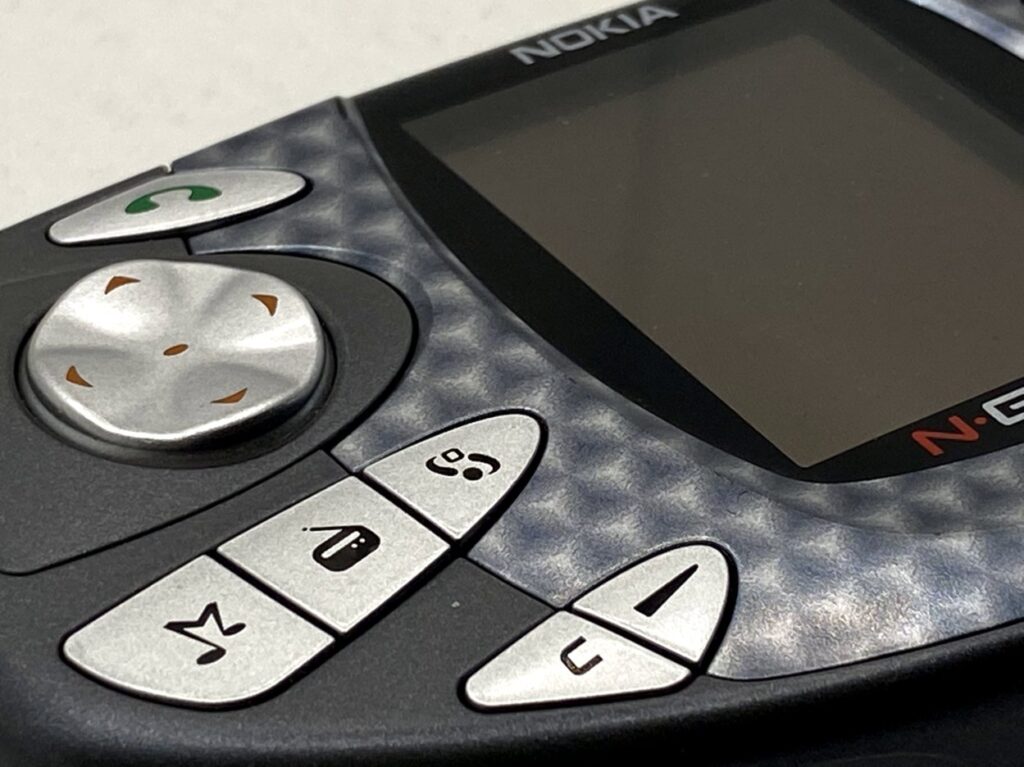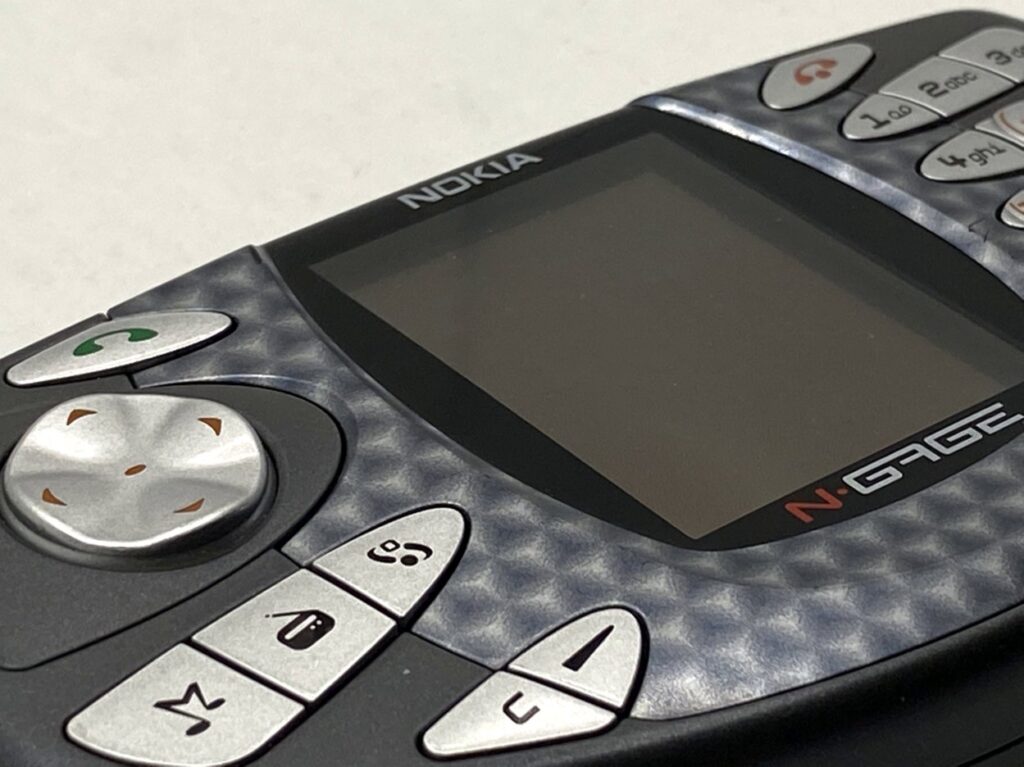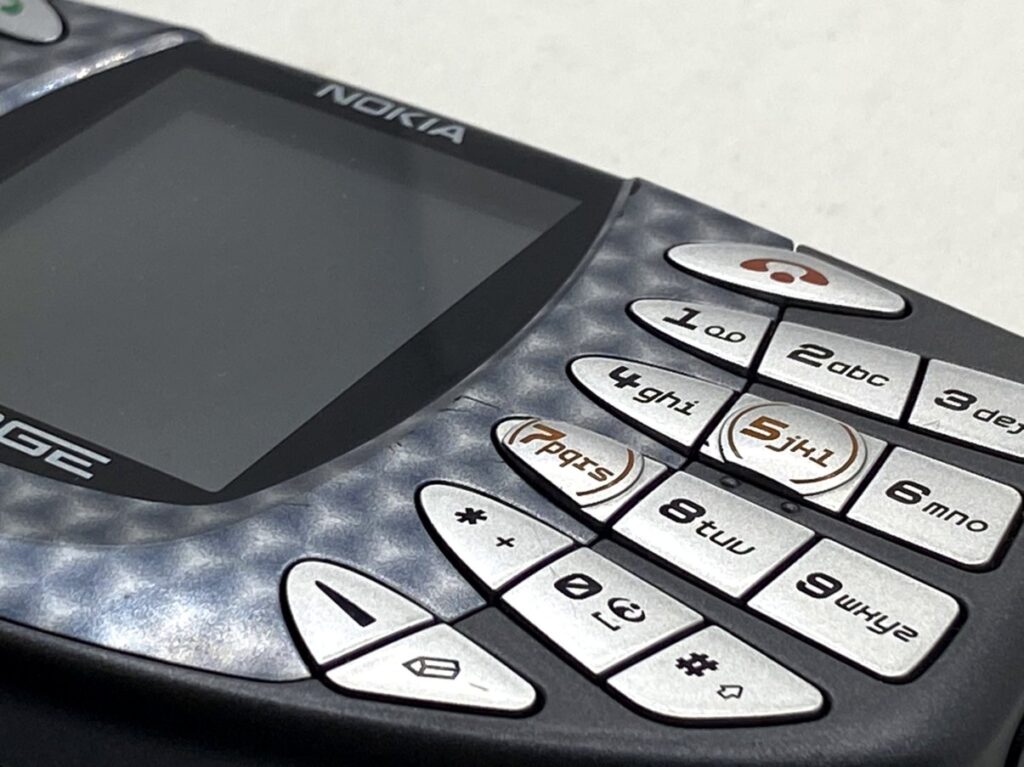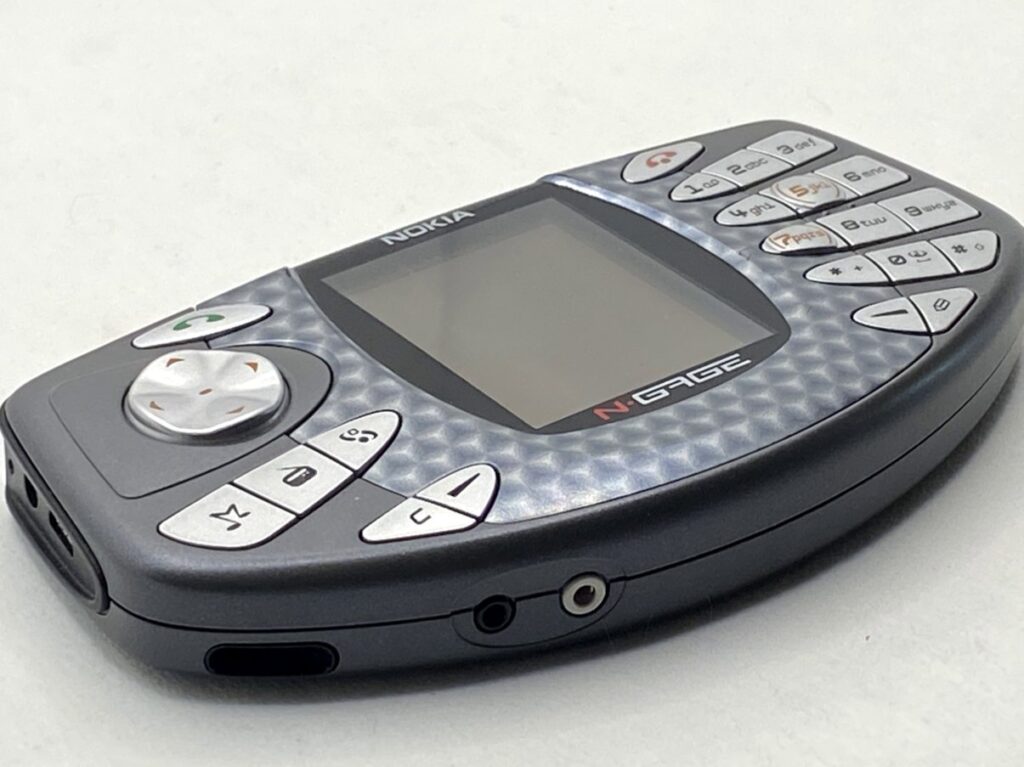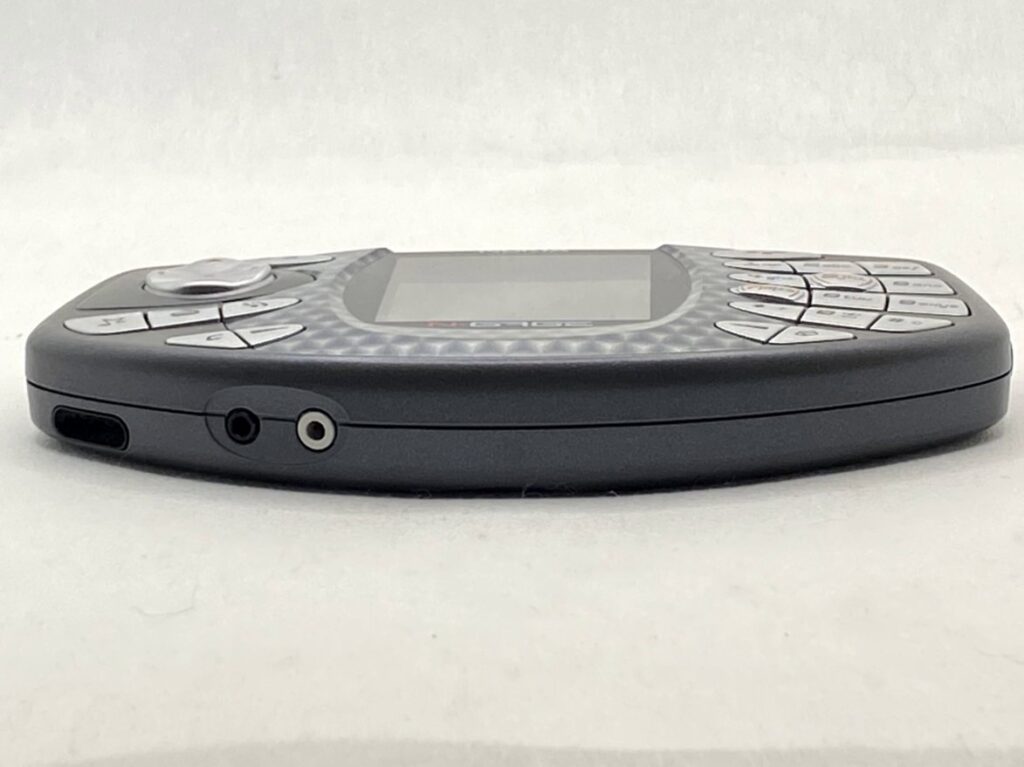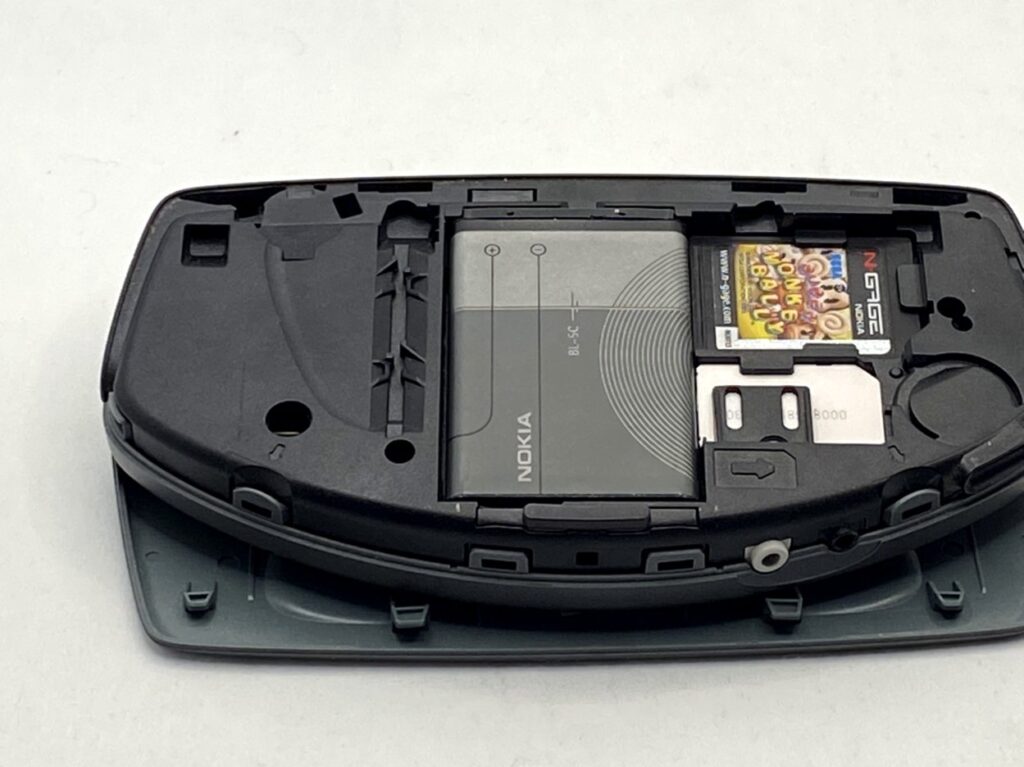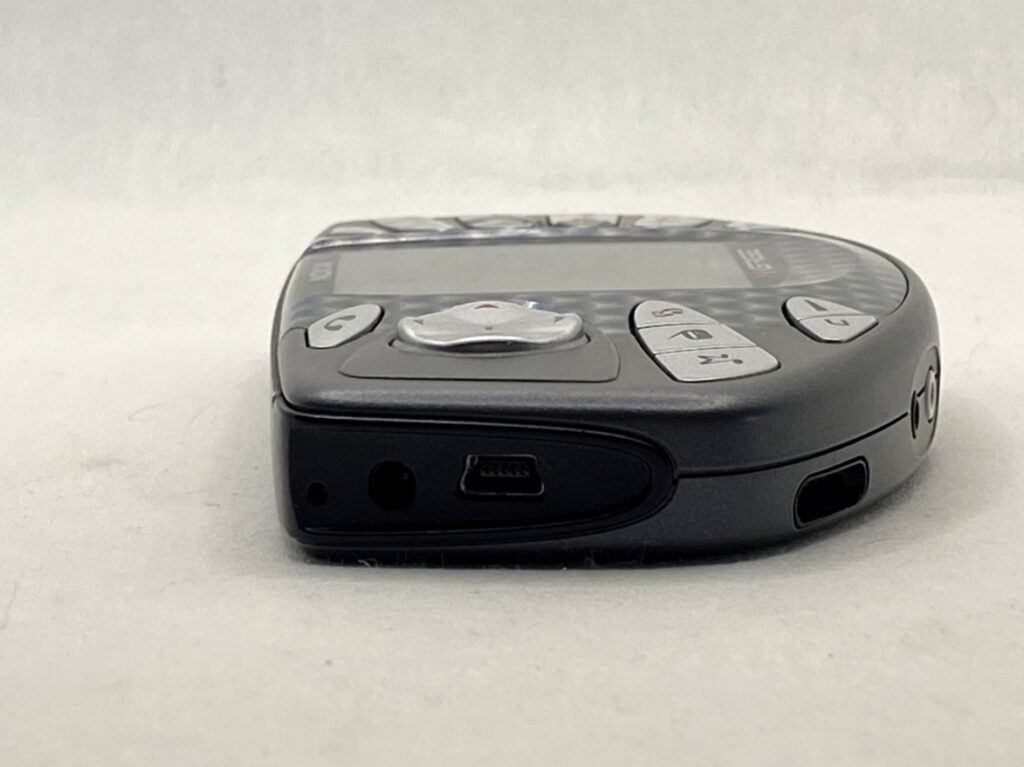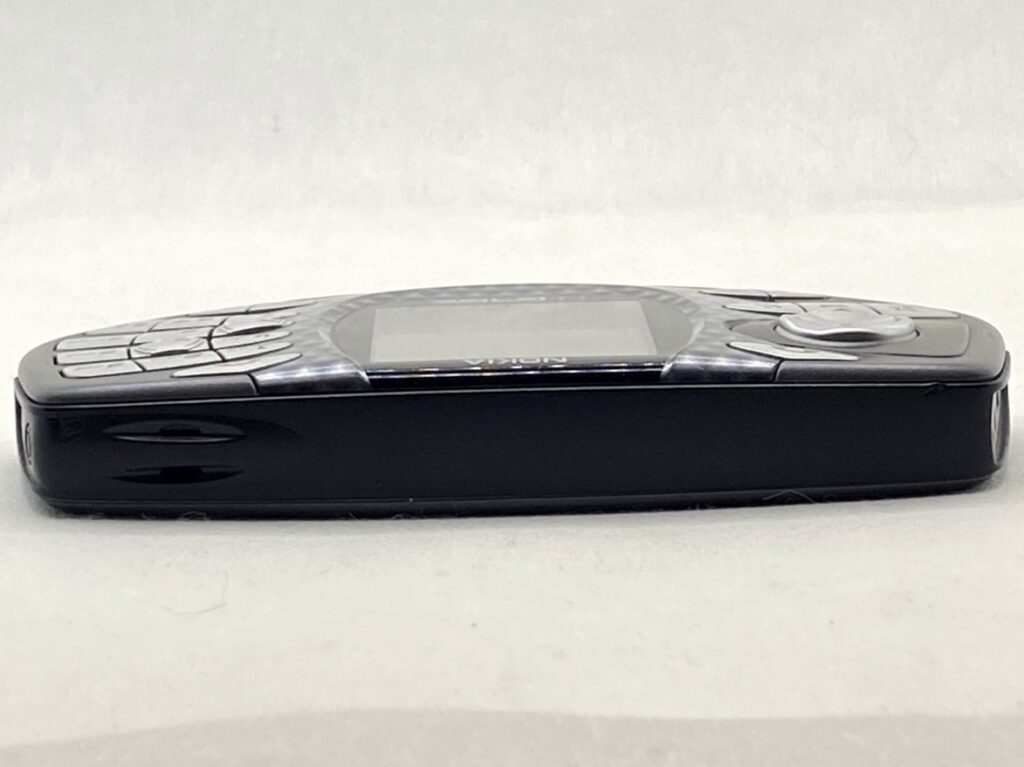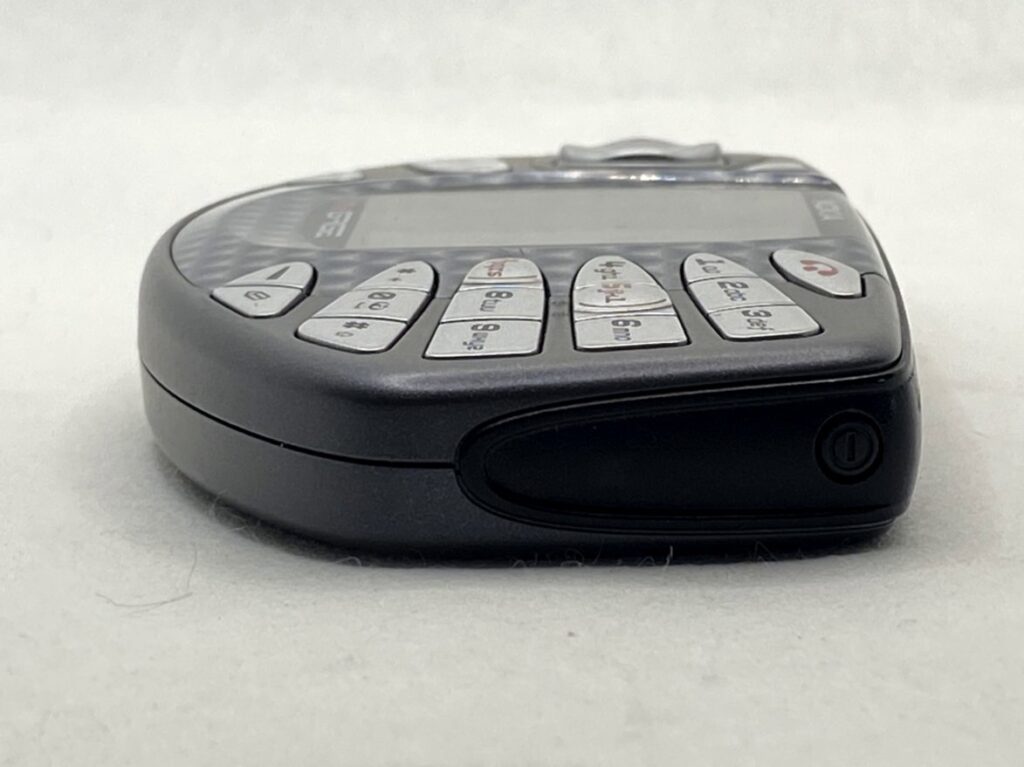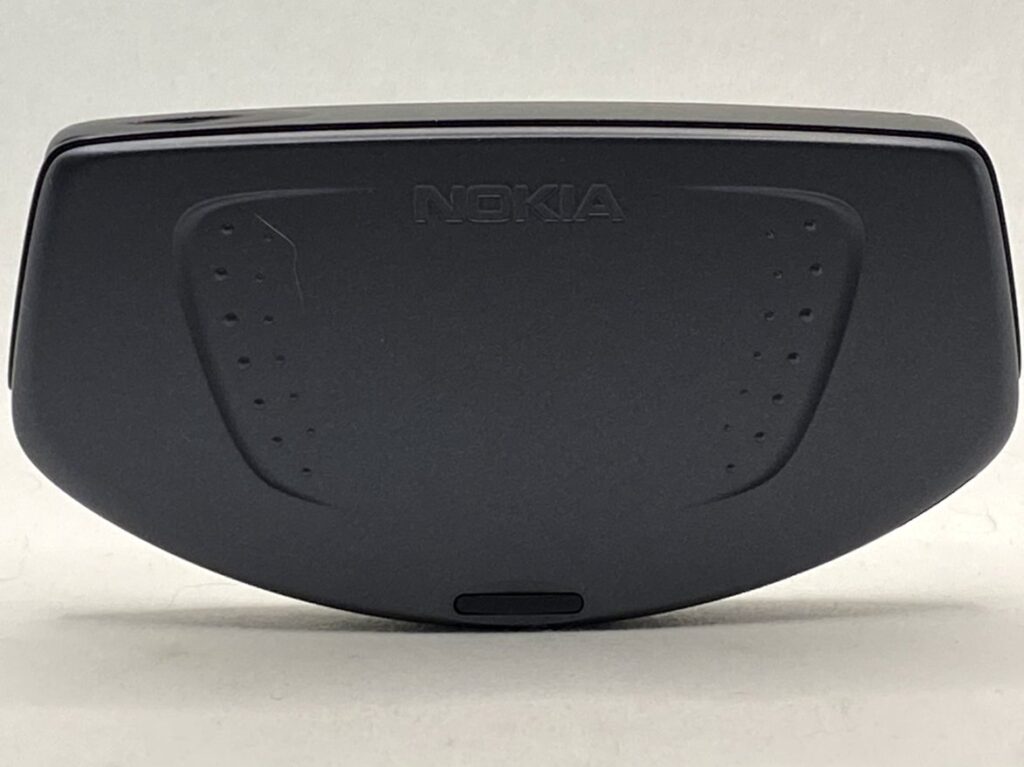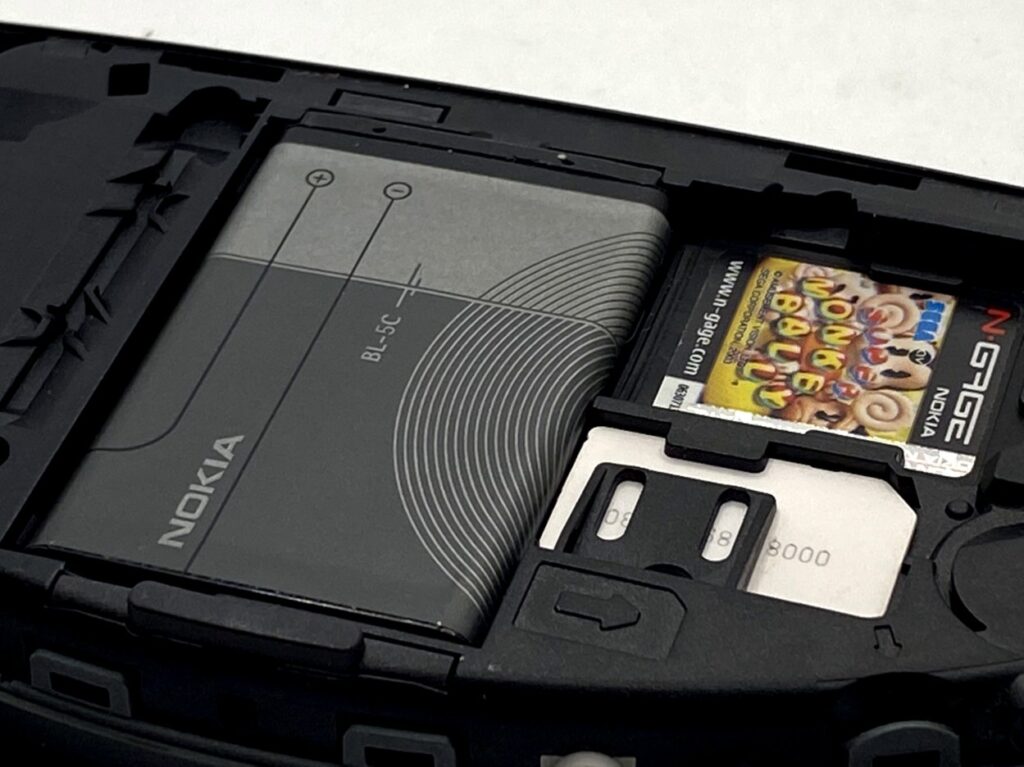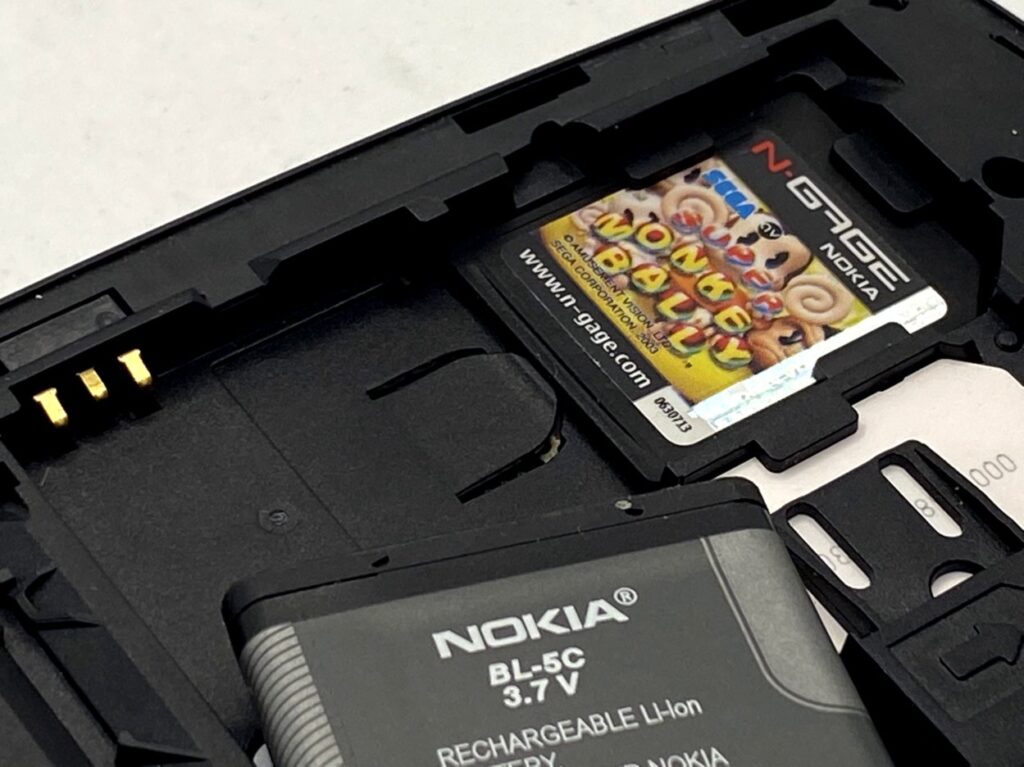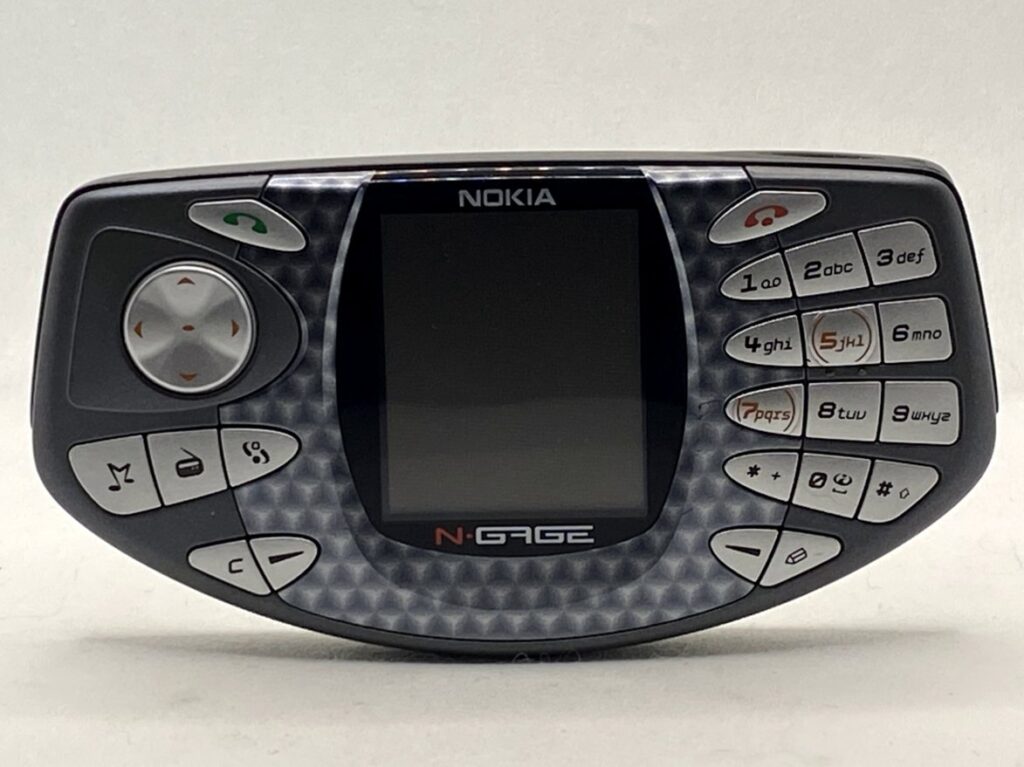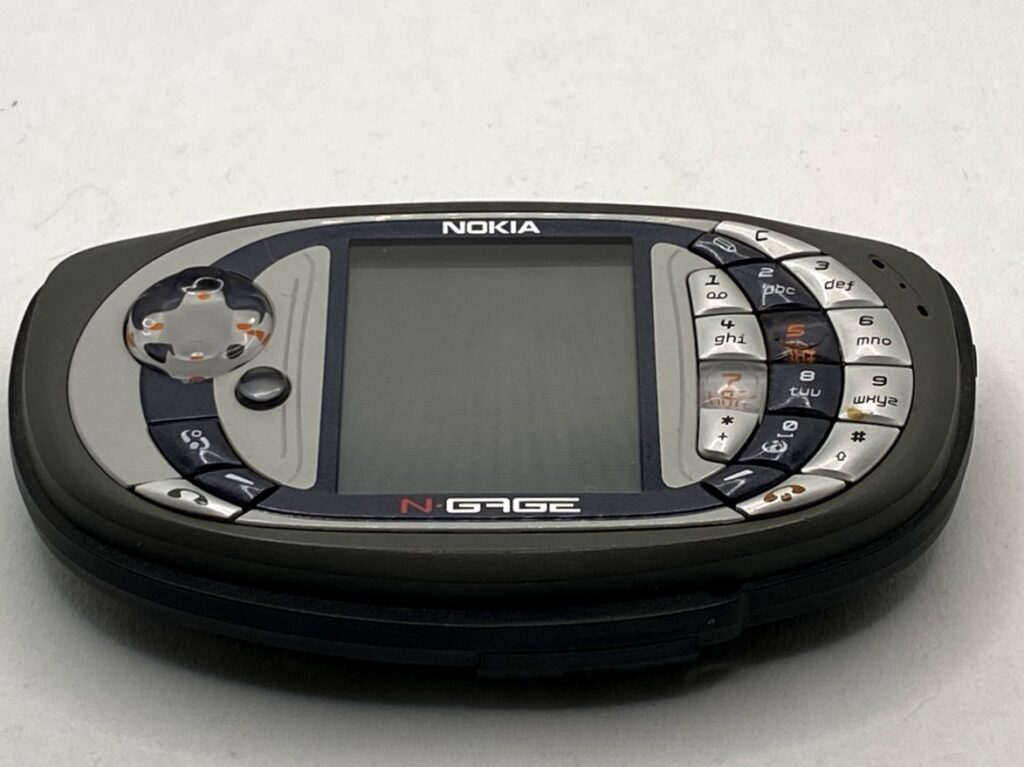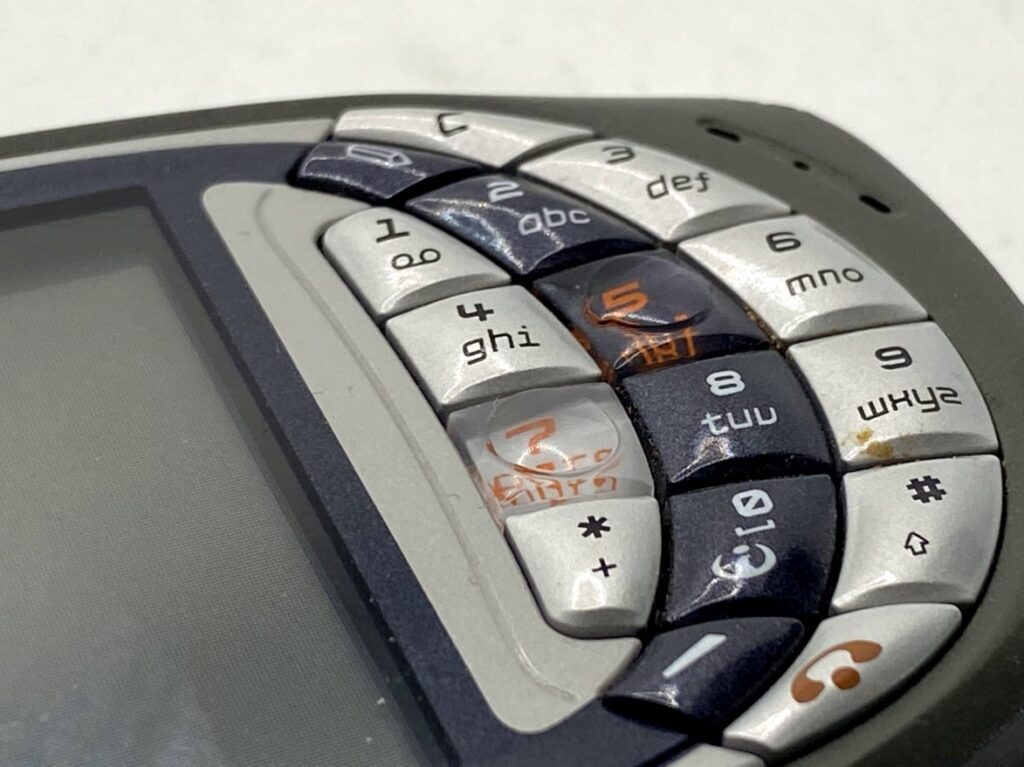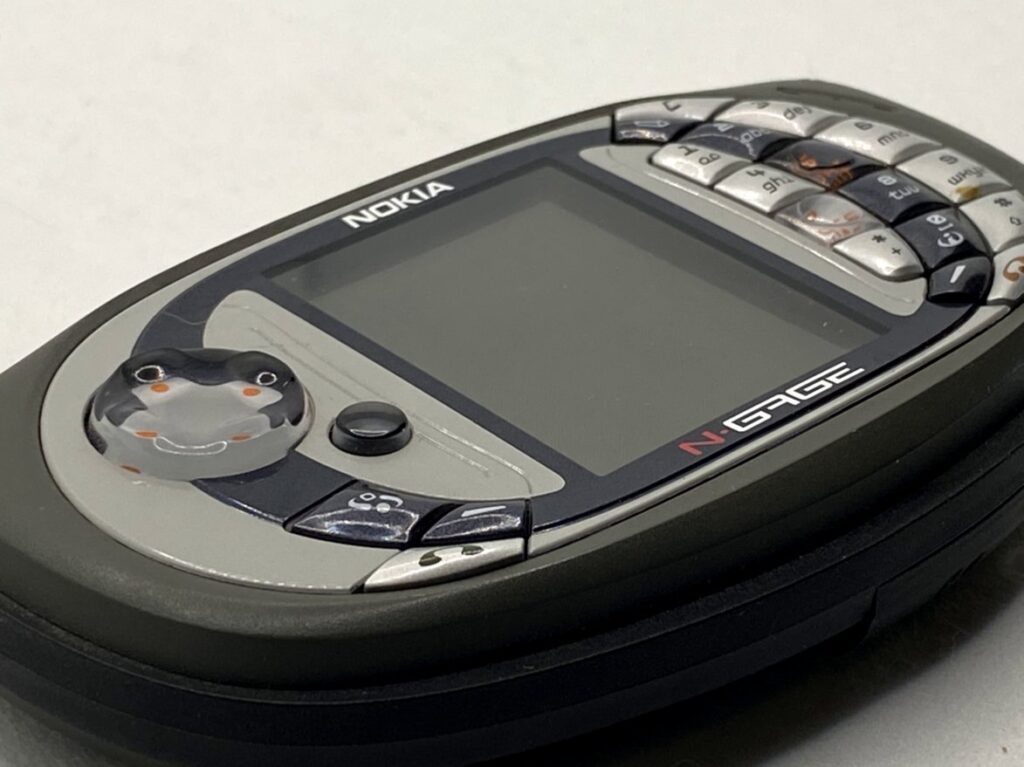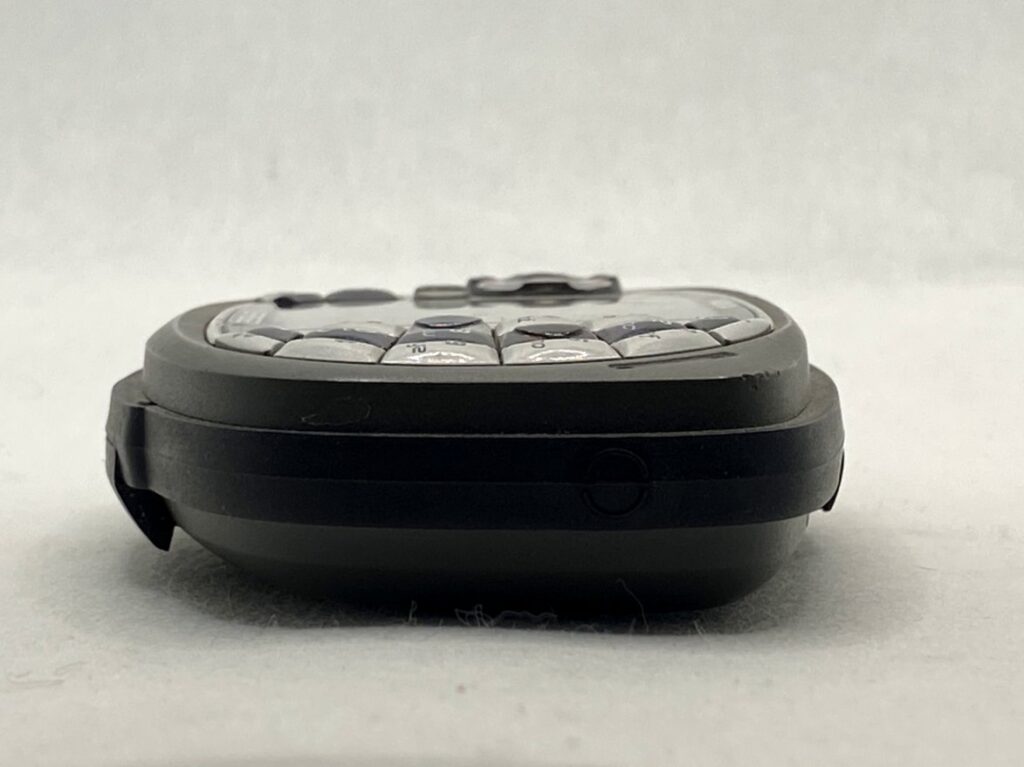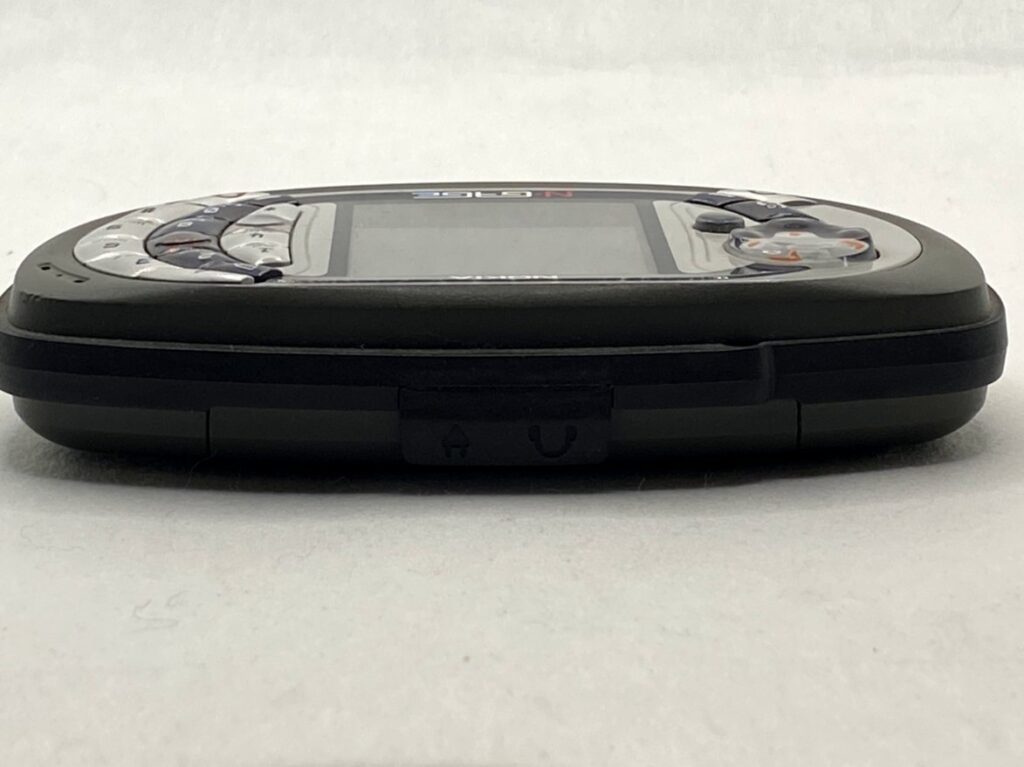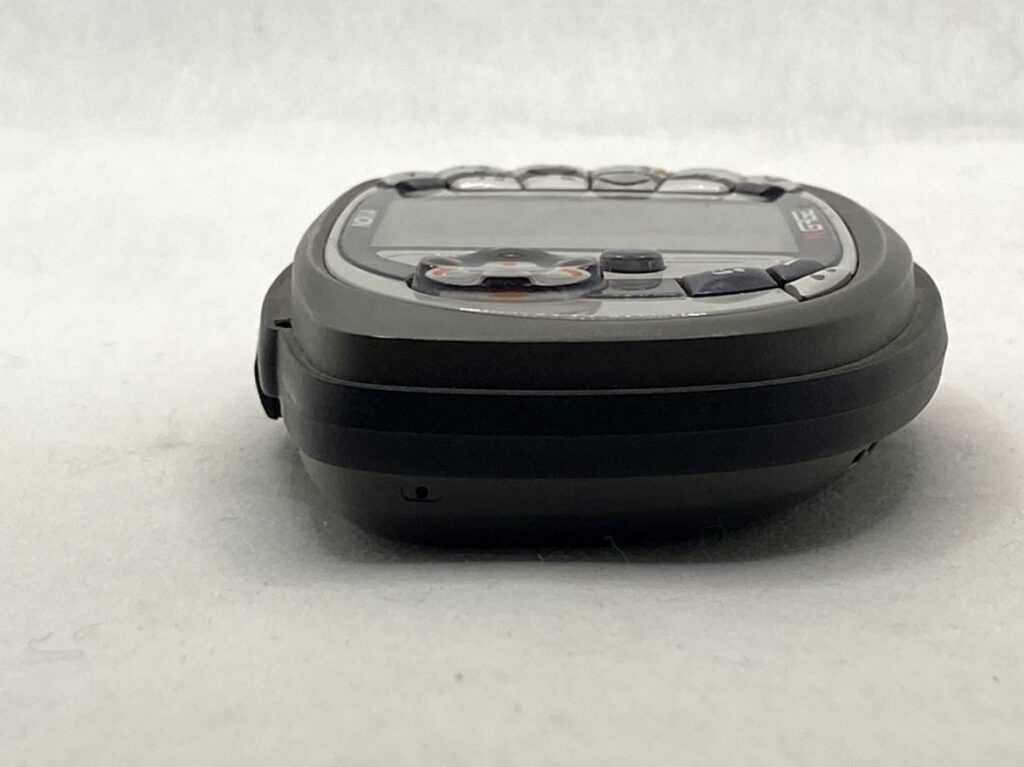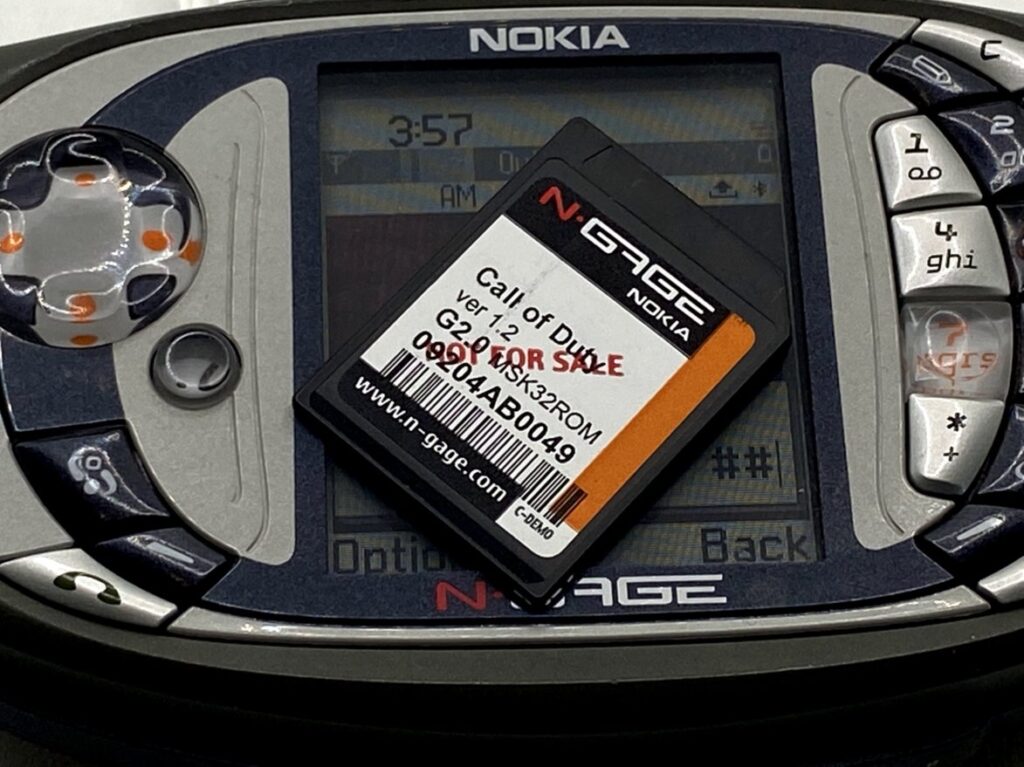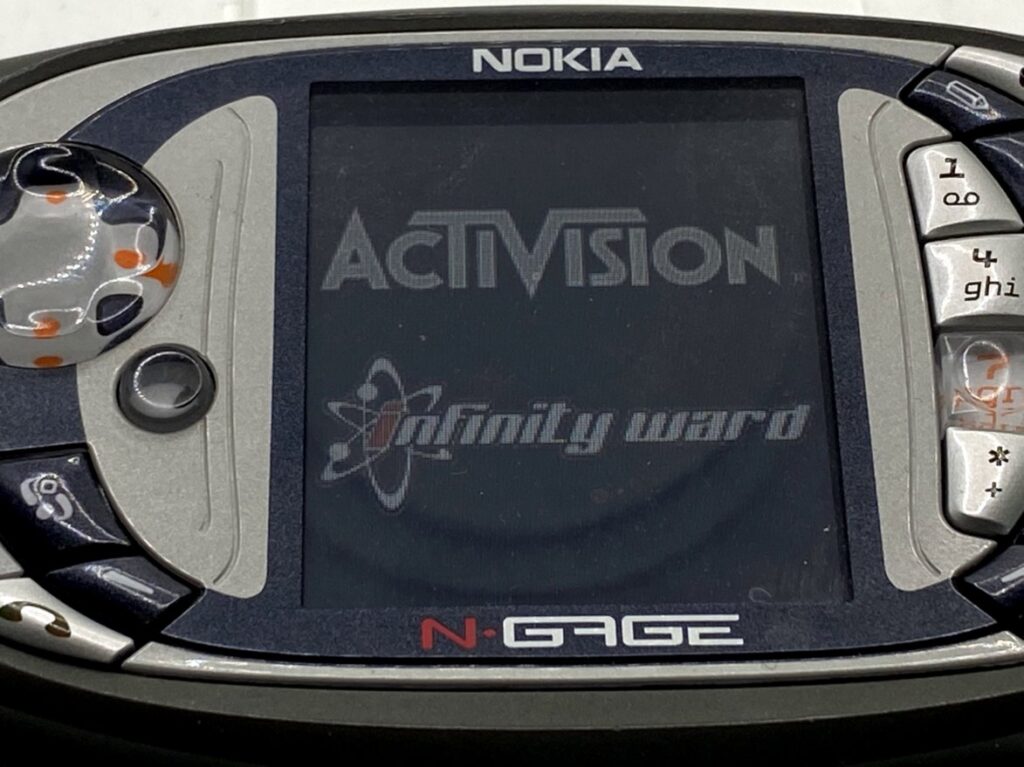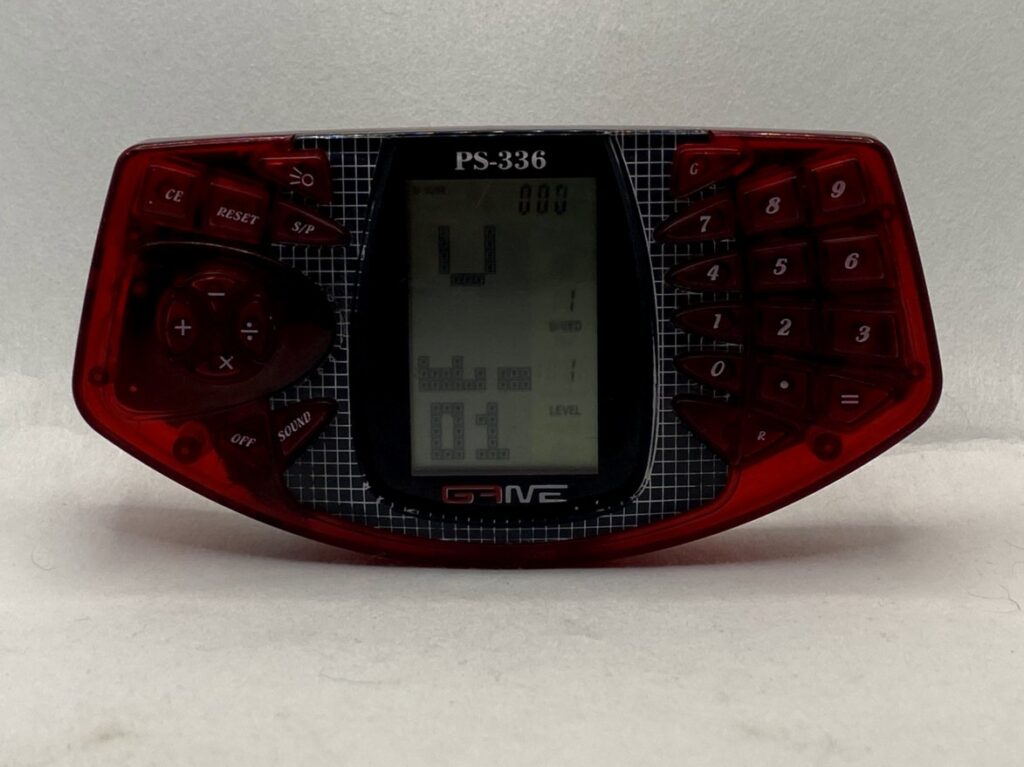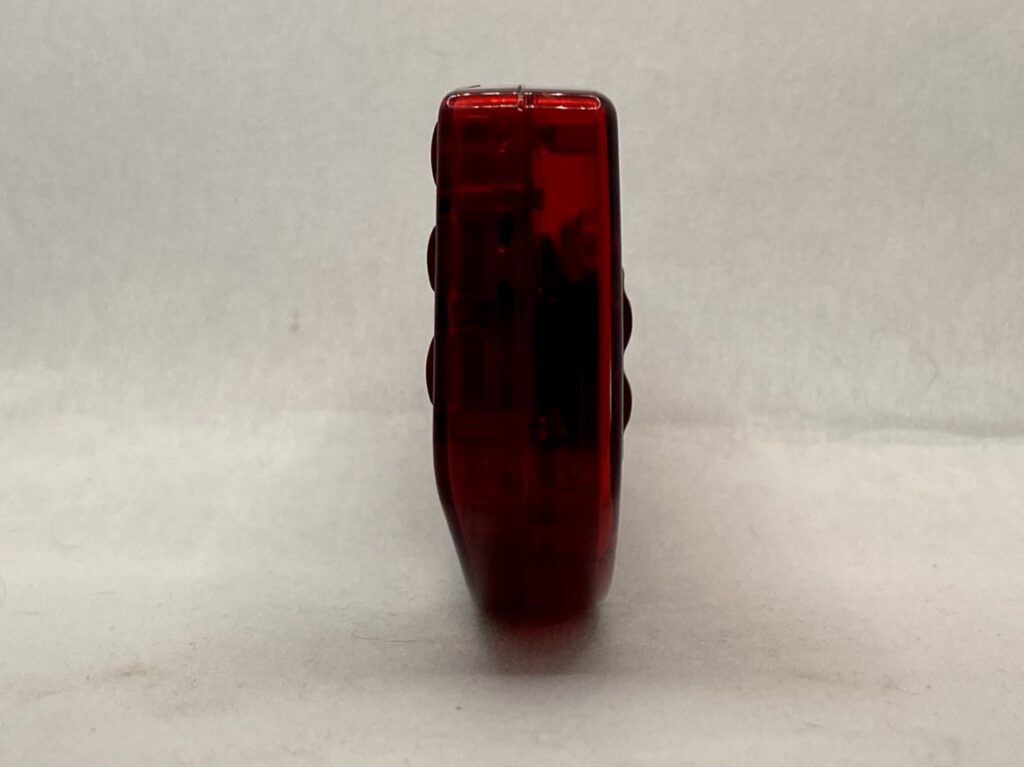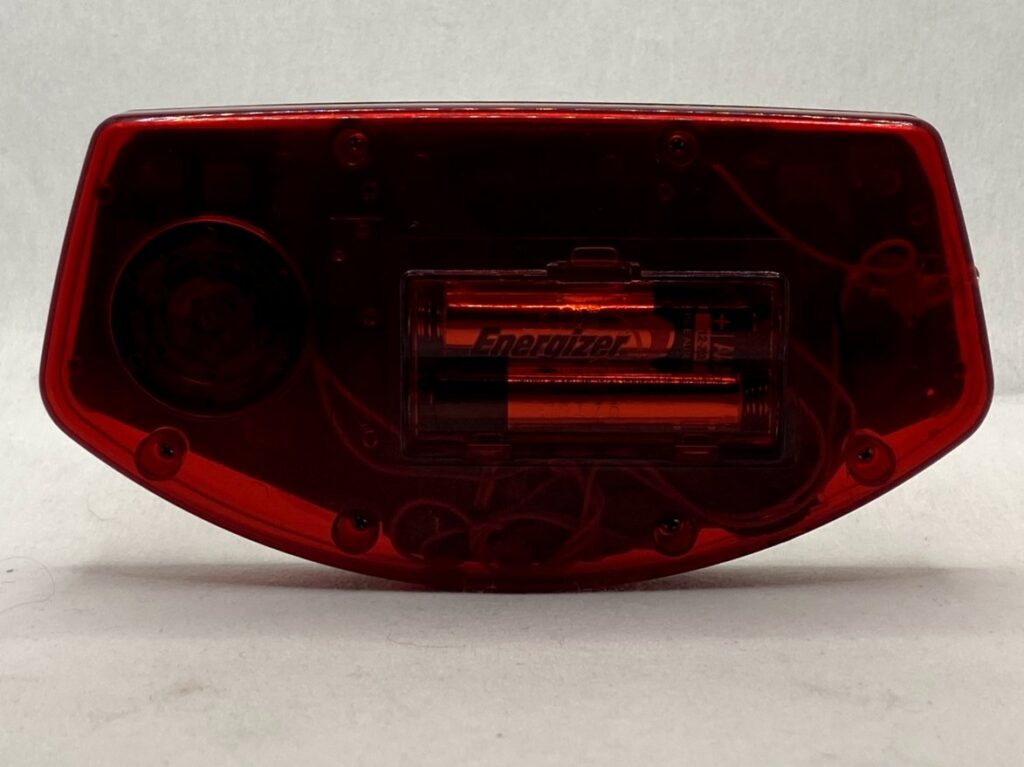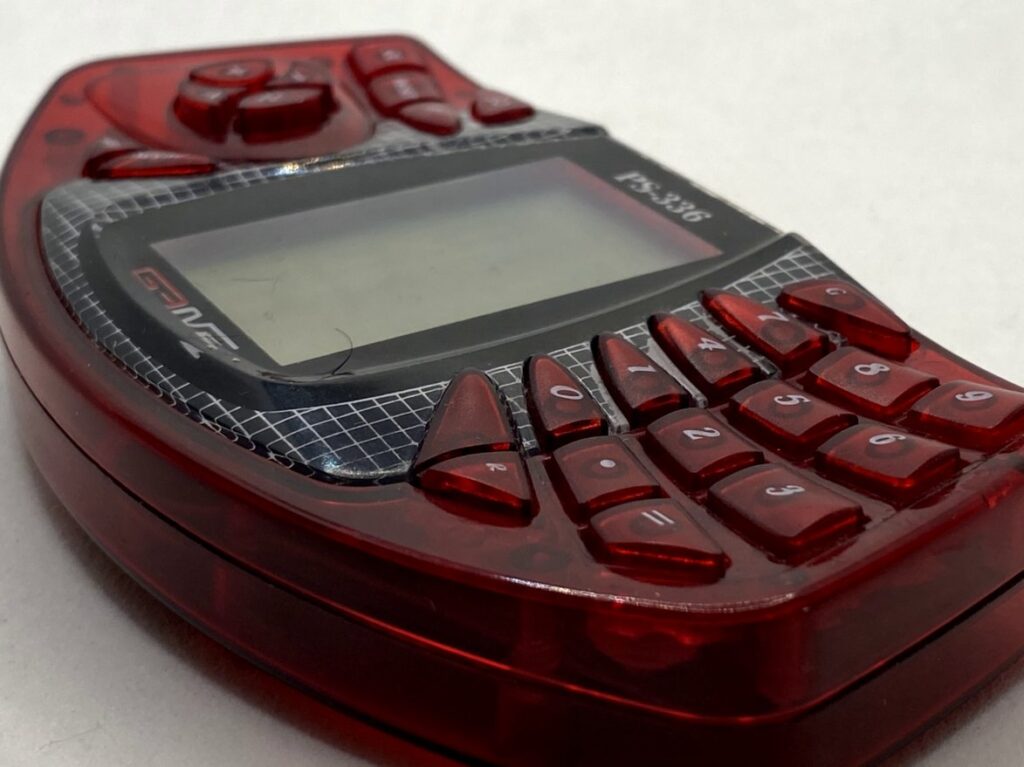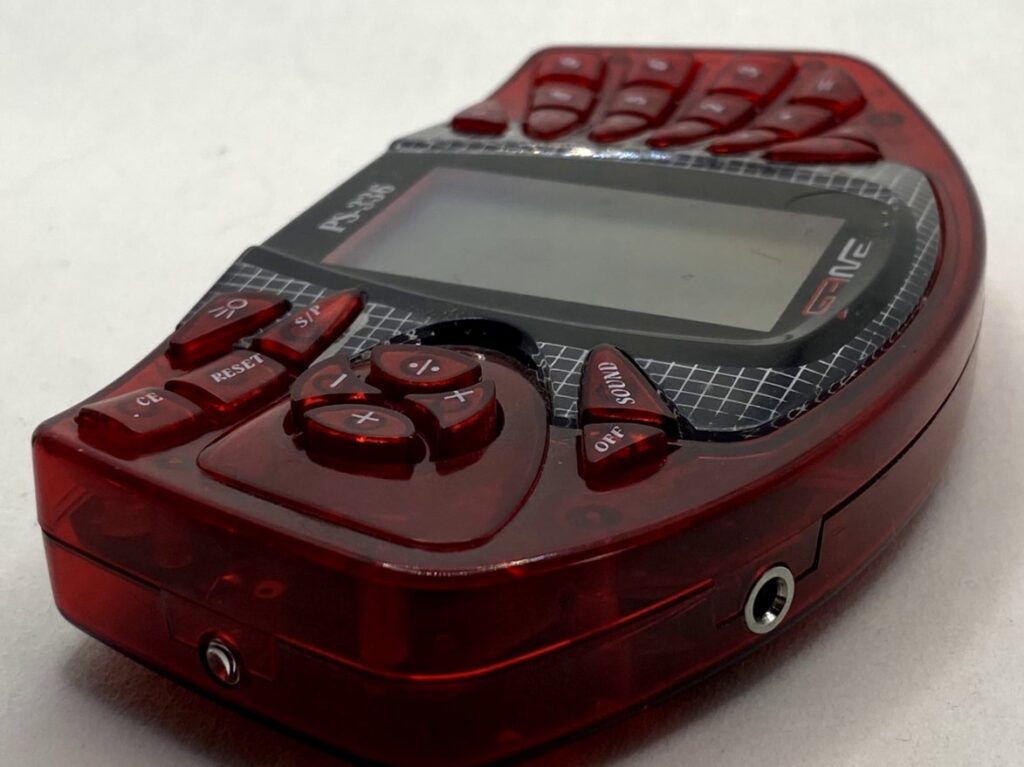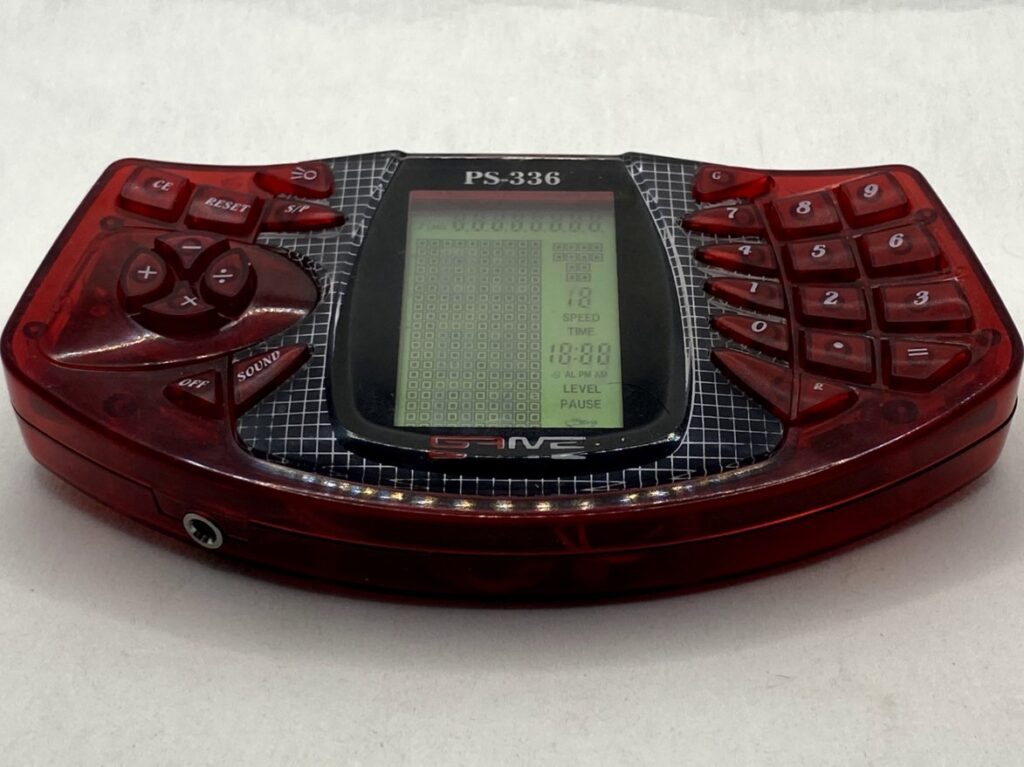Nokia’s Gaming, Sidetalking, Taco Phone
February 6, 2021Before smartphones from Apple, Samsung, and the like were dominating the mobile gaming space, Nokia burst onto the scene with its own gaming phone and failed spectacularly.
The N-Gage smartphone was an attempt by what was at the time the top mobile phone seller in the world. In 1998, it both topped Motorola to claim the crown and also manufactured its 100 millionth mobile phone. It seemed at the time that no one would ever be able to topple the Finnish company.
The company also had a stranglehold of the sorts on the mobile gaming market. Snake was pre-loaded on all of its phones (making it the most played game on the planet at the time), and a variation of Snake released on the Nokia 6110 became the first two-player mobile phone game.
The primary way of adding new games to a mobile phone in the early 2000s involved downloading them through carrier-specific stores, and most games were relatively simple.
Enticed by the strong sales of Nintendo handhelds — like the Game Boy Advance — and that a growing demographic was in the habit of carrying a phone and handheld gaming device with them, Nokia in 2000 began to develop a mobile phone designed to play video games.
Project Starship was meant to combine the best of both worlds, melding a world-class Nokia phone with a robust suite of games on a system with a built-in directional pad for gaming.
In November 2002, Nokia announced the N-Gage.
The original N-Gage featured a 2.1 inch TFT display, which was taller than it was wide and was framed by a number pad to the right and a directional pad, and some function pads to the left. The system included a number of additional features like a radio, music player, and even some PDA features. Games were loaded in a tray that could only be accessed by taking the back off the phone.
The design itself looked a bit like a taco, and the phone’s speaker and microphone were located on an outer edge, leading to phrases like side-talking and taco phone when describing the device. The phone ran on Symbian OS 6.1.
Despite the questionable design, the system had a relatively healthy game library of about 60 titles that included several substantial entries. Franchises like Sonic, Call of Duty, The Elder Scrolls, and Warhammer 40,000 all had entries on the system.
While the games were reasonably good for a mobile system at the time, they couldn’t make up for the phone’s terrible design. About 5,000 phones were sold in the first two weeks in the United States and 800 in the UK.
Unphased by the terrible roll-out, Nokia doubled down on the idea two years later with the release of a redesigned version of the Nokia N-Gage, the N-Gage QD. This mobile gaming system retained the general shape of the phone but was smaller and a bit fatter. It also moved the microphone and speaker to the phone’s face, making it easier to use. Unfortunately, the phone also lost the radio, MP3 playback, and USB features. The directional pad was also reworked to reduce it from a four-way controller with a center click to a four-way controller. A new button was added for confirmation clicks. Perhaps most importantly, games are inserted into the system through a slot located on the phone’s bottom edge, without the need to take it apart.
While improving the overall experience of the N-Gage, this last-ditch effort was too little too late, and Nokia killed off the N-Gage in February of 2006. The company said it sold 3 million units between the two systems.
The iPhone exploded onto the scene, essentially redefining what a mobile phone was in 2007, and the release of the App Store in 2008 showed what gaming on a phone can be.
What odd little footnote. During one of my trips to a flea market in Australia in the early 2000s, I came across a quirky little knock-off calculator game device made to look like an original Nokia N-Gage knock-off. I guess even consumer electronics counterfeiters thought the N-Gage was going to be a big hit.
Love retro handhelds? Well then, have I got a bunch of stories, videos, and pictures for you.
